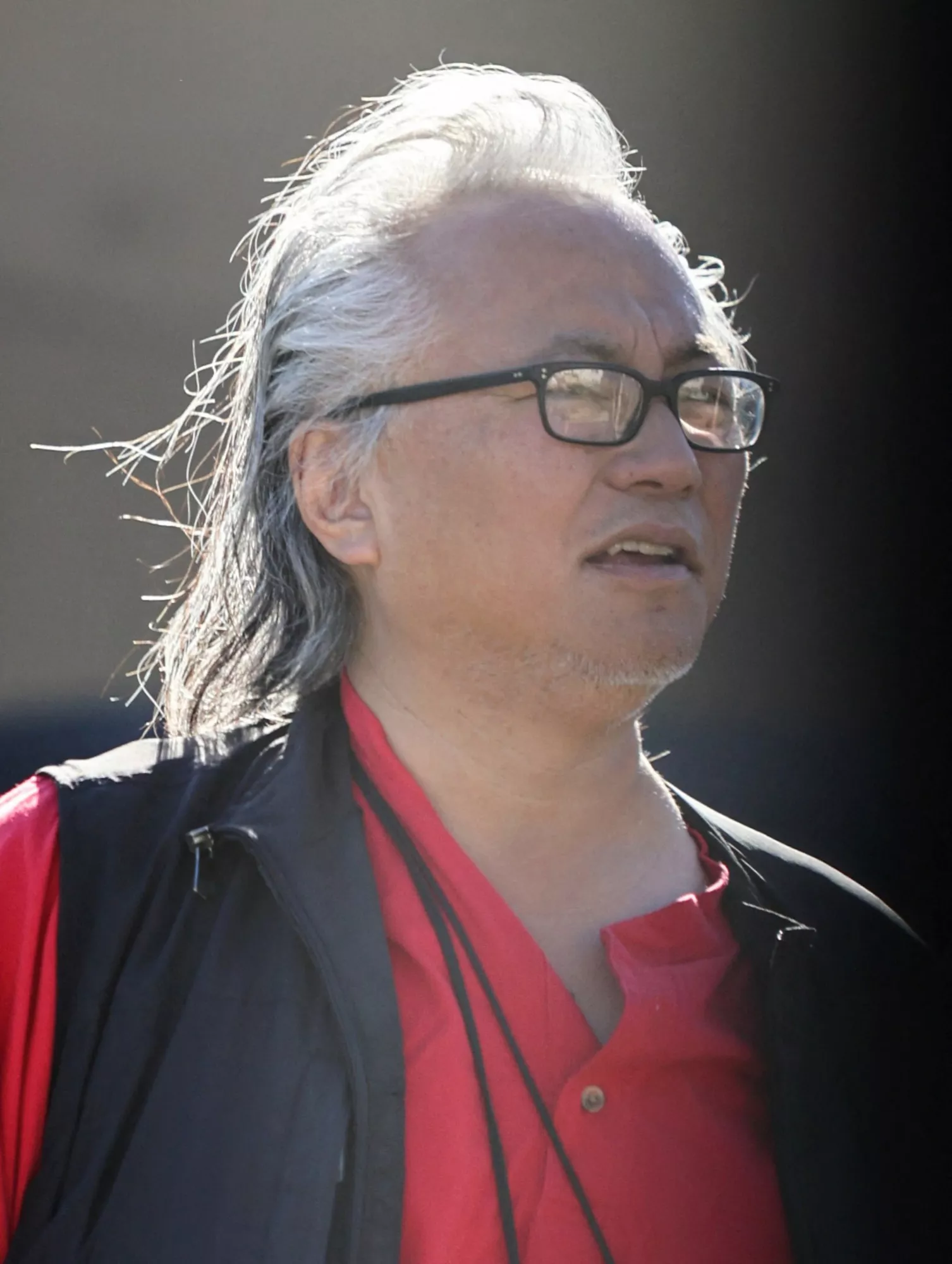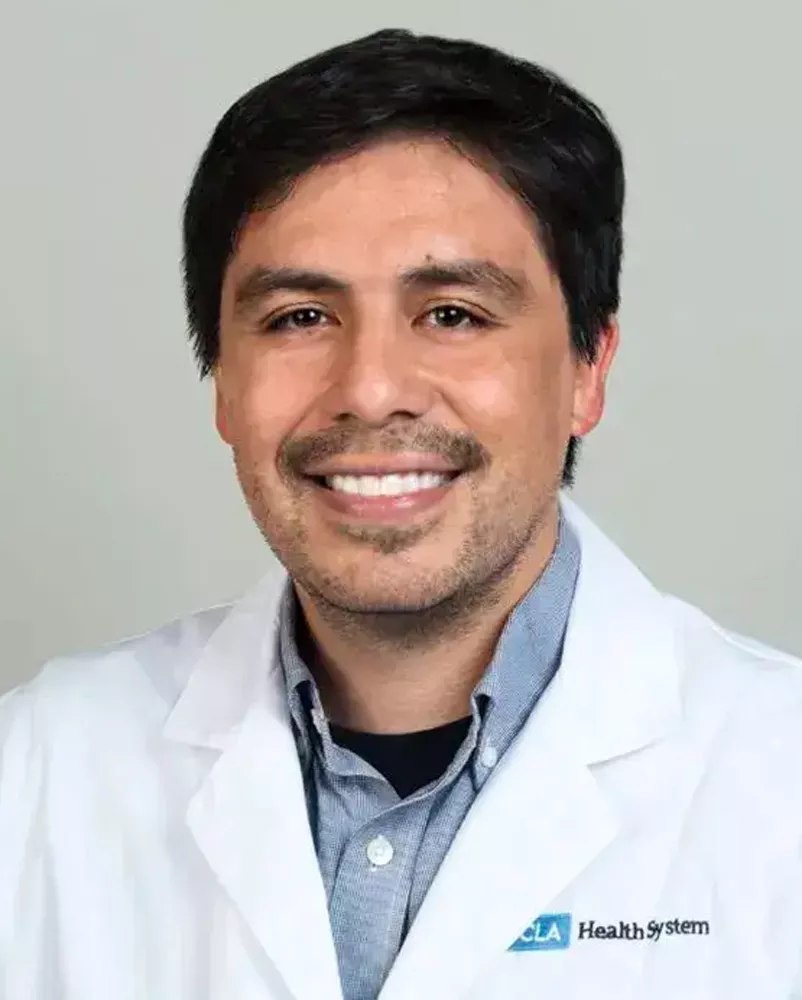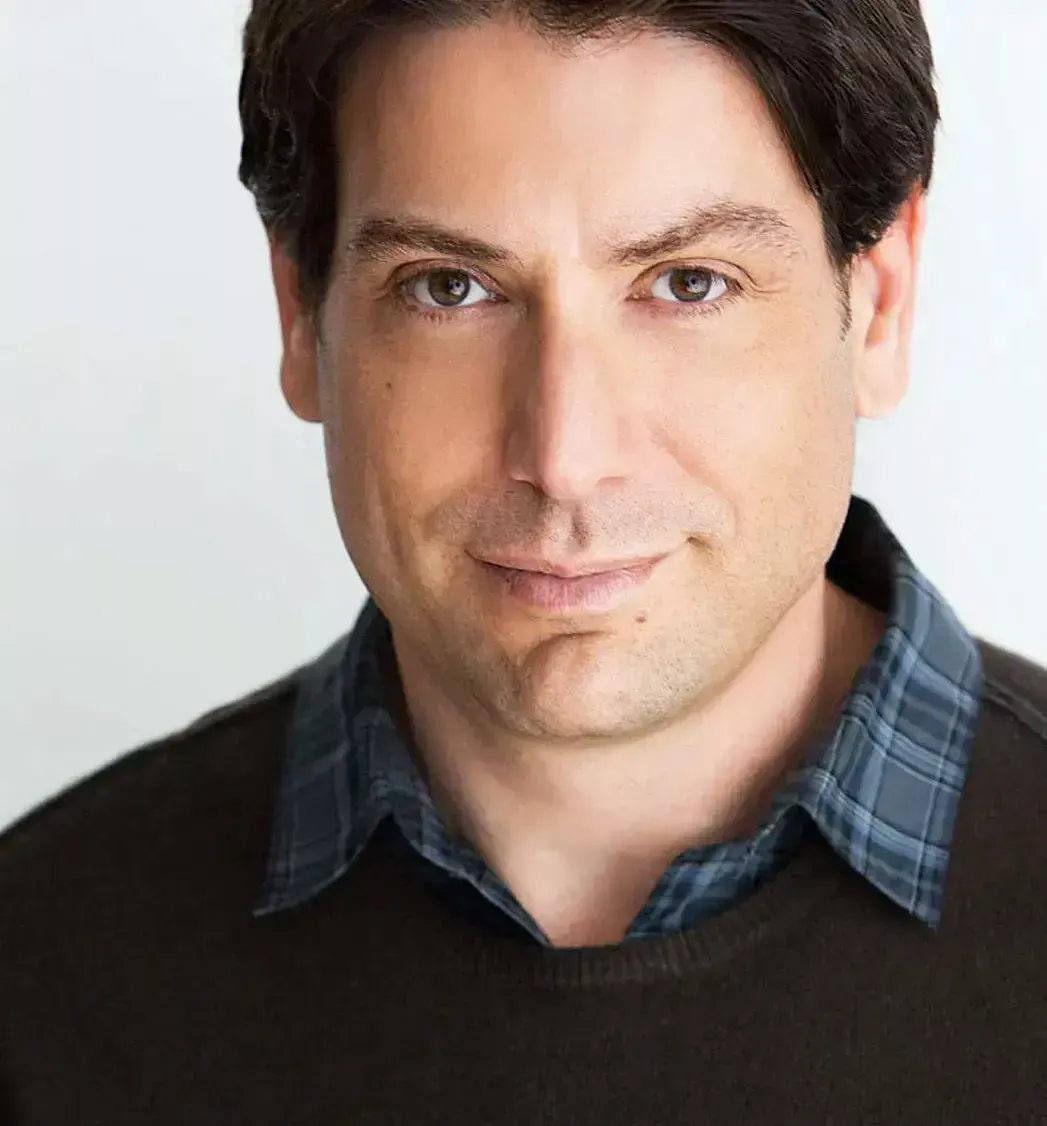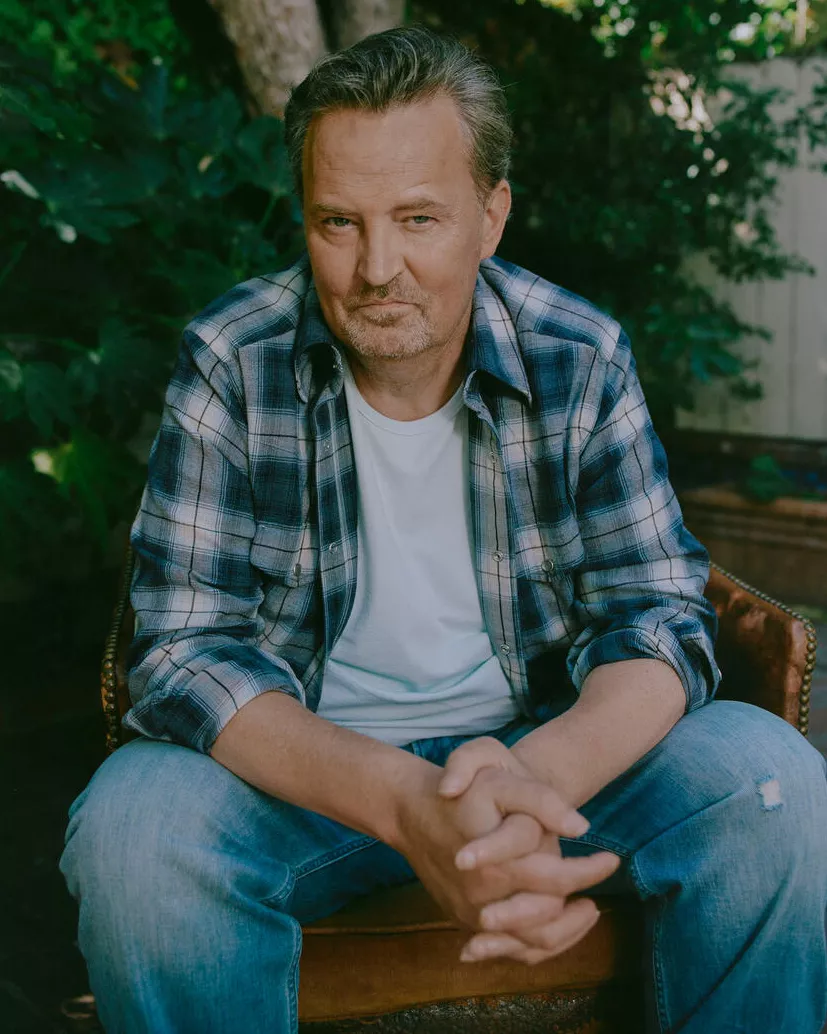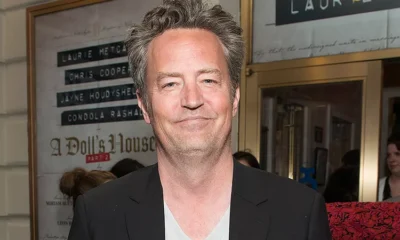CELEBRITY
Exclusive: Inside the Matthew Perry Investigation That Led to Five Arrests: Cash, Code Names and ‘Greed’

Before Matthew Perry died of an accidental drug overdose at his home in L.A.’s Pacific Palisades neighborhood last Oct. 28, many close to the 54-year-old Friends star believed he was doing well.
Just the year before, in his memoir Friends, Lovers, and the Big Terrible Thing, the actor—writing with the dry wit that earned him millions of fans around the globe—chronicled his debilitating dependency on alcohol and painkillers, which he abused for much of his adult life.
Explaining to People why he told his story, he said, “I wanted to share when I was safe from going into the dark side again.”
But addiction, that pernicious disease, never loosened its grip. At about 8:30 a.m. on the day he died, Perry asked his live-in assistant, Kenneth Iwamasa, to inject him with ketamine, a quick-acting anesthetic and Schedule III controlled substance that only medical professionals can legally administer.
A bit more than four hours later, the actor wanted a second shot while he watched a movie. Perry then asked Iwamasa to prepare his hot tub for use and inject a third dose: “Shoot me up with a big one,” he said, according to court documents filed by prosecutors and obtained by People.
Iwamasa complied, and left the gated $5 million home to run errands. When he returned that afternoon, Perry was dead, face down in the hot tub.
Nearly 10 months later, on Aug. 15, authorities announced a grand jury had charged Iwamasa, 59, along with four other alleged co-conspirators, in connection with Perry’s death.
Those who played a “key role,” as DEA Administrator Anne Milgram said in a Los Angeles press conference that day, included Salvador Plasencia, 42, a doctor who sold ketamine to Perry and administered it to him; Mark Chavez, 54, a doctor said to have obtained ketamine for Plasencia from legal suppliers; alleged drug dealer Jasveen Sangha, 41, named in court papers as “The Ketamine Queen”; and Erik Fleming, 54, who allegedly sold Sangha’s supply to Perry’s assistant. Prosecutors claim it was Sangha’s ketamine that killed Perry.
Three of the accused—Chavez, Fleming, and Iwamasa—have taken plea deals. Plasencia and Sangha pleaded not guilty to multiple charges, including distribution of ketamine resulting in death, and face 10 years to life in prison if convicted at trial.
Chavez could be sentenced to up to 10 years in prison, Iwamasa 15 years and Fleming 25 years. Milgram excoriated the accused for preying on Perry, especially physicians Plasencia and Chavez, whom she called “unscrupulous doctors who abused their position of trust because they saw [Perry] as a payday.”
The charges came after a joint investigation by the Los Angeles Police Department and federal agencies, who began their painstaking work after Perry’s autopsy determined his cause of death to be “acute effects” of ketamine. (Contributing factors included drowning, coronary artery disease and the effects of buprenorphine, a medication used to treat opioid addiction.) “
The detailed court documents show the dark world of drug dealing while also painting a devastating picture of Perry’s final weeks alive. While he regularly played pickleball and caught up with old friends like Friends creator Marta Kauffman, who said he seemed “happy and chipper,” Perry secretly spent tens of thousands of dollars on ketamine and took the drug up to eight times per day.
In his memoir, Perry wrote about previously using the drug as a treatment at a Swiss rehab clinic, saying was it “like being hit in the head with a giant happy shovel. But the hangover was rough and outweighed the shovel. Ketamine was not for me.”
Nevertheless, on Sept. 30, 2023, doctors Plasencia and Chavez, acquaintances for 20 years, learned through intermediaries that Perry was interested in purchasing ketamine, and discussed the deal.
“I wonder how much this moron will pay,” one wrote to the other, according to prosecution court papers. Chavez, who allegedly obtained ketamine with a fraudulent prescription, sold it to Plasencia.
That day, a deal with Perry was made. Plasencia traveled to the star’s newly renovated home overlooking the Pacific Ocean and injected the actor with ketamine and left syringes and more doses with Iwamasa, who paid him $4,500 for the visit, prosecutors say.
Before Plasencia left, he allegedly showed Iwamasa how to administer ketamine to Perry.
Iwamasa, using code words like “Dr. Pepper,” indicated Perry wanted more ketamine in the following days, according to prosecutors, and Chavez and Plasencia were determined to get it for him.
“I think it would be best served not having him look elsewhere and [b]e able to be his go to,” Plasencia allegedly texted Chavez.

